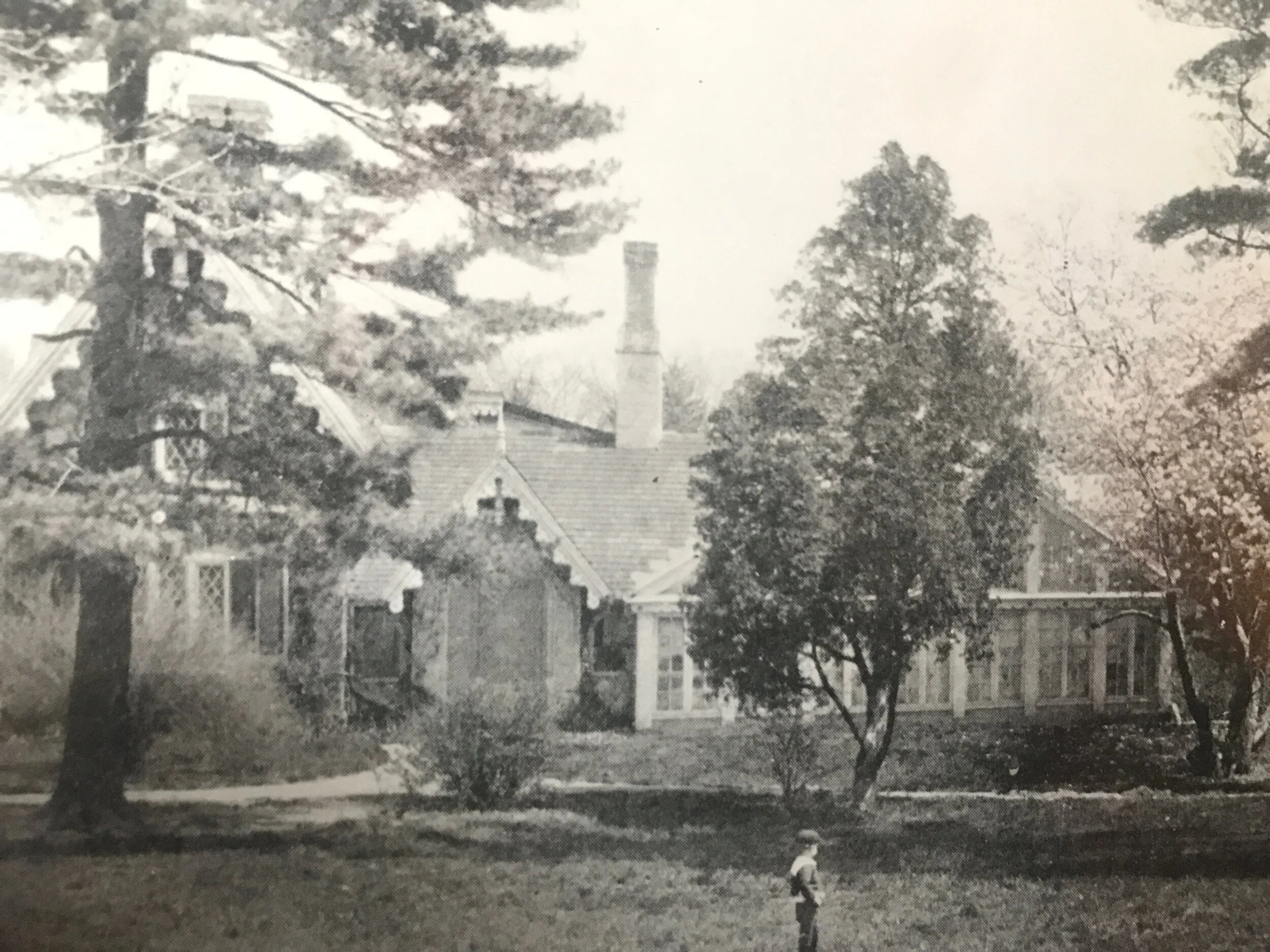
Clifton Mansion: A History
Captain Henry Thompson era: 1802 to 1835
Clifton mansion begins as an elegant Georgian style house built by Henry Thompson, owner of a merchant fleet sailing in and out the young port of Baltimore. The Thompson family resides at Clifton from 1803 and expands the house in 1812. In 1814, Thompson organizes Baltimore's business leaders into a mounted militia troop that is key to the famed defense of the City against the British invasion and bombardment in September of that year.
The Transformation: 1841 to 1894
The House
Johns Hopkins
At auction, Johns Hopkins paid roughly $16,000 for a two-story brick farmhouse and 166 acres. He then commissioned architects Niernsee and Neilson (primary architects to the B&O Railroad) to expand the house and create an Italian Villa style summer residence.
The house was expanded in width, depth, and height. Arcaded wrap-around porches were added as were a porte cochere and its iconic five-story tower. Nearly all wall and ceiling surfaces were ornately decorated with garlands, flowers, and trompe l’oeil Italian sculptures. Ornate plaster moldings and enameled glass windows accented the entrance and grand stairway. A 10’ X 15’ mural of the Bay of Naples was painted on an entrance wall. The additions and decorations were complete by 1852.
The Grounds
Gardeners Cottage on Clifton Grounds
Mr. Hopkins amassed property and expanded the farm to 500 acres. Roadways, lakes, groves, gardens, and greenhouses are believed to have been heavily influenced by, if not directly designed by, renowned landscape designer Andrew Jackson Downing. The Clifton Gardener’s Cottage – still standing – is cottages designed by Downing.
Entertainment & Philanthropy
Clifton was developed for summer relaxation and the entertainment of visiting dignitaries and business associates. He was visited by the Prince of Wales before he became King Edward VII. In 1863, a pivotal Civil War strategy meeting was held a Clifton with Edward Stanton, President Lincoln’s War Secretary, the President of the B&O Railroad, and several of Baltimore’s most successful business leaders.
Hopkins was among the wealthiest Americans and well known for his philanthropy. In 1870 he made a will setting aside seven million dollars — mostly in B&O stock — for the incorporation of a free hospital and affiliated medical and nurse's training colleges, as well as an orphanage and a university. It was his intention to site the university at Clifton, but instead the trustees chose a site closer to the city, and sold the estate to Baltimore City for a sum of $722,000.
Baltimore City Recreation and Parks Era: 1895 to Present Day
The 1903 National Championship Johns Hopkins Lacrosse Team photographed on the South Porch.
By 1938, the City had sold off some of the property and repurposed most of the rest into water works, golf course, swimming pool, and tennis courts. The Mansion fell into bad disrepair. In the 1960’s changes were made to the building to accommodate a golf clubhouse with food service, lockers, restrooms, and Park Offices.
In 1993 the Mansion was leased to Civic Works, Baltimore’s youth services corps which is part of the national AmeriCorps program. https://civicworks.com/ Over the following decade, with help from Friends of Clifton Mansion, Civic Works stabilized the building with repaired structure and stucco. New roofing and storm windows were added. HVAC, plumbing and electrical systems were modernized. The building was made ADA compliant.
In 2017 Friends of Clifton Mansion undertook the historic restoration of the Hopkins era entrance, grand stair and tower. This work is underway at this time.
Enjoy a Five Minute History by Johns Hopkins of Baltimore Heritage..


